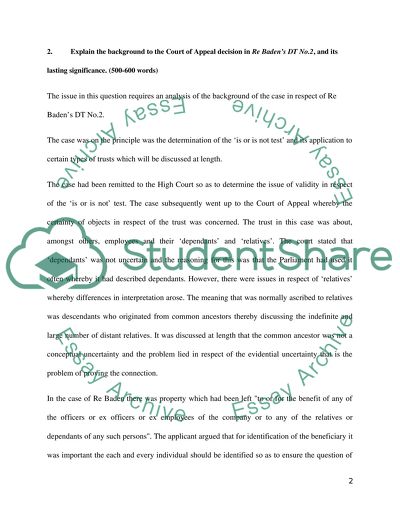Cite this document
(“Property law assignment about Certainty of objects in discretionary Essay”, n.d.)
Retrieved from https://studentshare.org/environmental-studies/1410060-property-law-assignment-about-certainty-of-objects
Retrieved from https://studentshare.org/environmental-studies/1410060-property-law-assignment-about-certainty-of-objects
(Property Law Assignment about Certainty of Objects in Discretionary Essay)
https://studentshare.org/environmental-studies/1410060-property-law-assignment-about-certainty-of-objects.
https://studentshare.org/environmental-studies/1410060-property-law-assignment-about-certainty-of-objects.
“Property Law Assignment about Certainty of Objects in Discretionary Essay”, n.d. https://studentshare.org/environmental-studies/1410060-property-law-assignment-about-certainty-of-objects.


